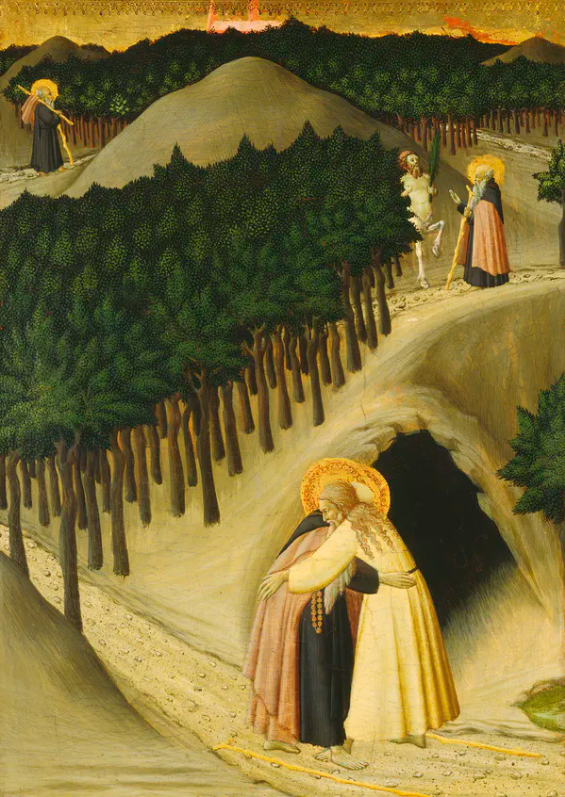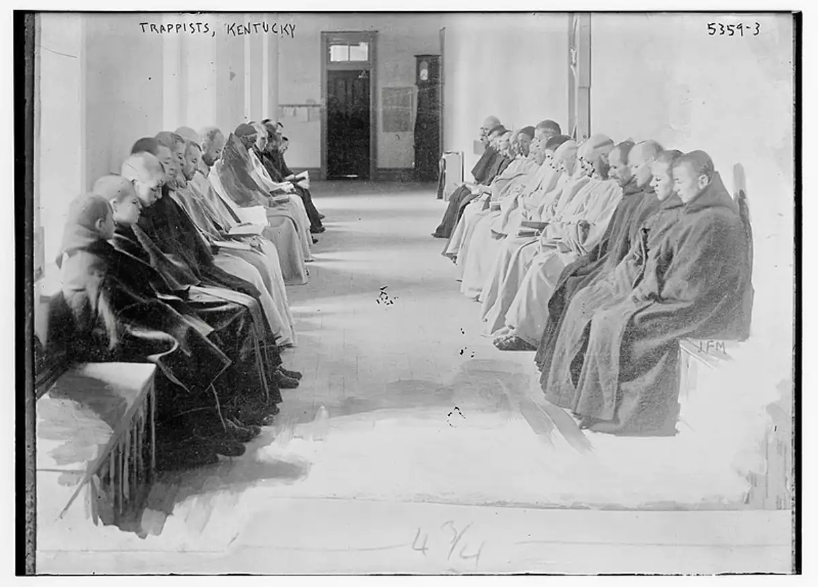It seems that grand landscapes are incomplete without some unique plant life to adorn the surrounding grounds. The untraditional category of gardening known as topiary has become famous over thousands of years for its intricate, and often grandiose, art style.
Rabbit topiary in Bangkok. Arthur Chapman. CC BY-NC-SA 2.0.
The Origins of Topiary
The exact year that topiary was invented remains unknown, but it is generally believed that it began around the first century with the Greeks. Topiary, the art of clipping plants into decorative shapes, was believed to be very complementary to the elaborate form of Greek architecture, so topiary found a good foundation in Greek culture. The joy of topiary eventually spread to nearby countries, with Roman Emperor Caesar Augustus being the next famous face to take part in the art. The proliferation of French monasteries later helped to push topiary across Europe.
As hundreds of years passed, many more nations weaved topiary into the foundation of their decorative landscapes. The art itself also grew incredibly precise and complex. The French primarily created larger and less intricate designs to line their gardens, while the Dutch used mathematics to master finely clipped designs.
Interest in topiary has wavered over the last few hundred years, but love for the art form has never disappeared. In the 1800s, the introduction of new plants through trade with Asia caused an explosion in topiary interest, but this interest then faded again after World War I.
Two Top Topiaries
Levens Hall Topiary Garden. Jenny Mackness. CC BY-NC 2.0.
For topiary enthusiasts and clueless travelers alike, Levens Hall Topiary Garden guarantees a moment of awe. Sitting in the Lake District of northwest England, this garden is the oldest topiary garden in the world; some pieces are over 300 years old. It was started by the gardener of King James II and originally housed a simpler layout, but faced a fairly dramatic change about a century after it was made. When interest in topiary experienced one of its many dips, the garden was redesigned in the early 1800s to display Victorian shapes.
Gardens of Marqueyssac. Andy Lawson. CC BY 2.0.
The French are famous for their clipped hedge style, but the gardens of Marqueyssac have evolved this style immensely. The garden is located by the Dordogne River, which creates an incredible view of the endless countryside when seen from the elevated areas of the garden. The hedges display a traditional box clipping style, but the swirling pattern makes them appear weaved together. The masterfully uniform design creates an illusion of an endless sea of hedge; this work is credited to a student of Andre Le Notre, who designed the gardens of Versailles.
Although overlooked by many mainstream artists, the form of topiary is not to be underestimated. For countless years, topiary has become an elaborate foundation for landscape and architecture. It has embedded its way into cultures across the world, only further enabling artists to express their limitless imagination.
Ella Nguyen
Ella is an undergraduate student at Vassar College pursuing a degree in Hispanic Studies. She wants to assist in the field of immigration law and hopes to utilize Spanish in her future projects. In her free time she enjoys cooking, writing poetry, and learning about cosmetics.










